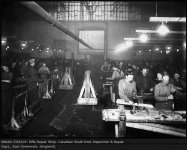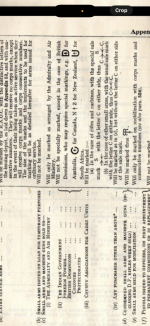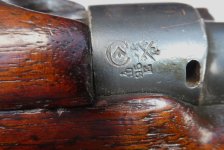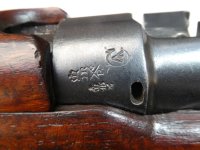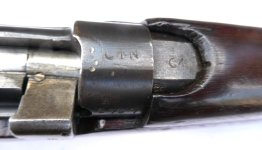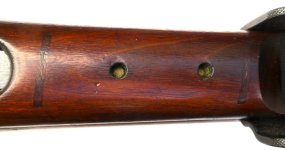The giving of rifles to Britain at the start of WW1 is a subject that was taken out of context from Charles Bean. Britain asked for Australia to send every rifle. It can to assist Britain but leave about 10,000 rifles within Australia to help with training. Australia didn’t send the rifles to Britain directly.Even more interesting for it to be in a 1914 lithgow mkIII.
Generally Canadian troops did not often encounter Australian ones very often in ww1.
It makes me wonder if it’s one of the rifles the Australians shipped to the UK in 1914 for British army use, and was perhaps turned over to Canada when the Ross was withdrawn.
That in-turn meant that Australia sent between 95,000 to 100,000 rifles to the Dardanelles between late 1914 and October 1915. Australia began to run out of rifles in Australia in 1915, so from October 1915, Britain began issuing rifles to Australians in Egypt before they went to Gallipoli.
Once Gallipoli was finished, the Australian forces began handing SMLEs over to British ordnance. The Australian rifles were sighted for Mk.VI ammunition but Australians needed Mk.VII sighted rifles for the Western Front. The Australian forces who remained in the Middle East battled on with older Mk.VII sighted rifles sighted rifles until mid-1917 when they swapped rifles with the 22nd Mounted Brigade and Royal Marines.
The older Australian rifles were then sent back to Britain, refurbed and sighted for Mk.VII ammunition and handed back to who ever required rifles so it was probable in mid/late 1916 this rifle was handed to Canadian forces for use.















































